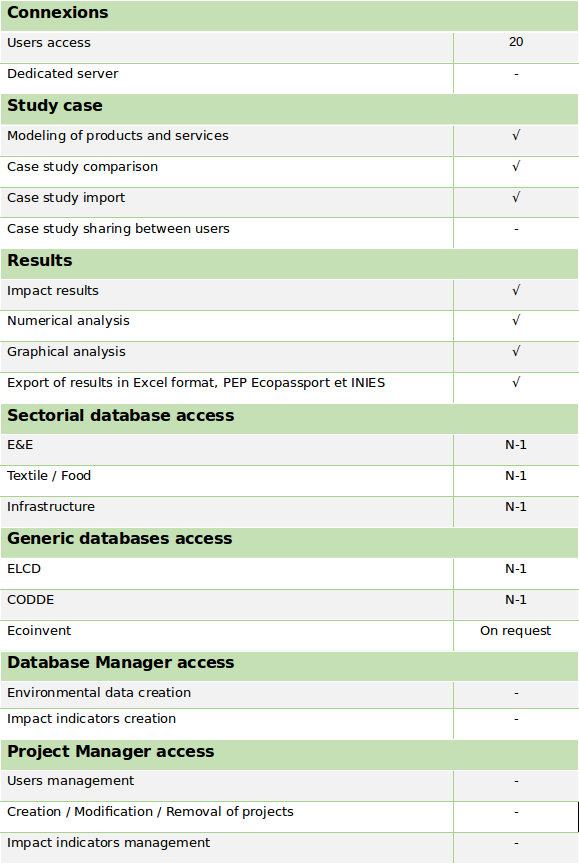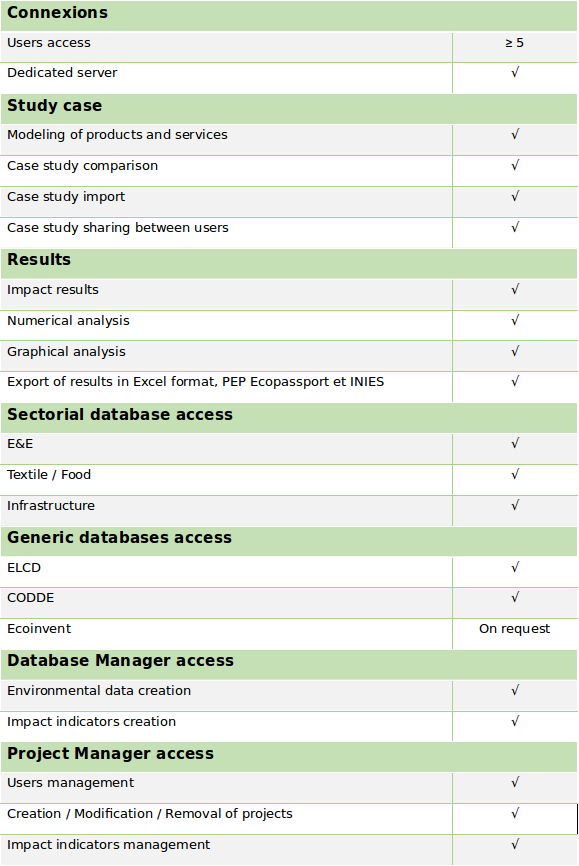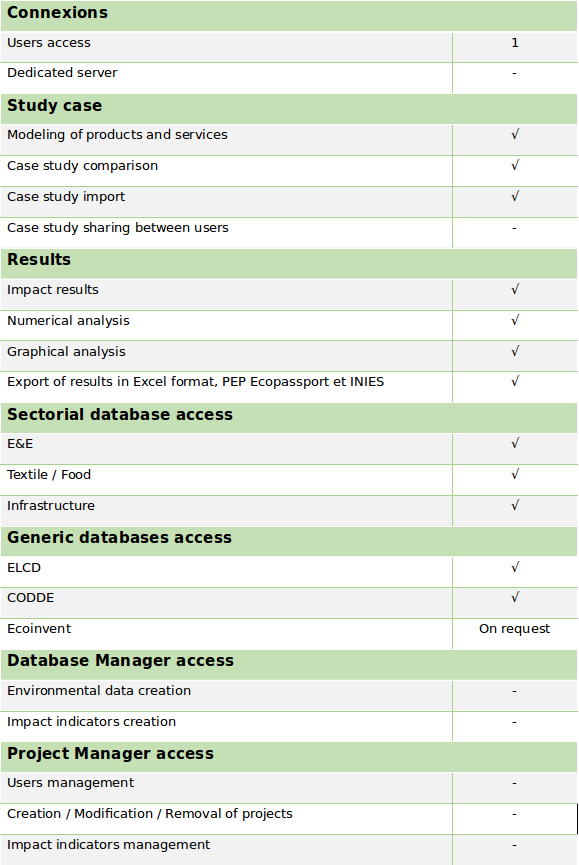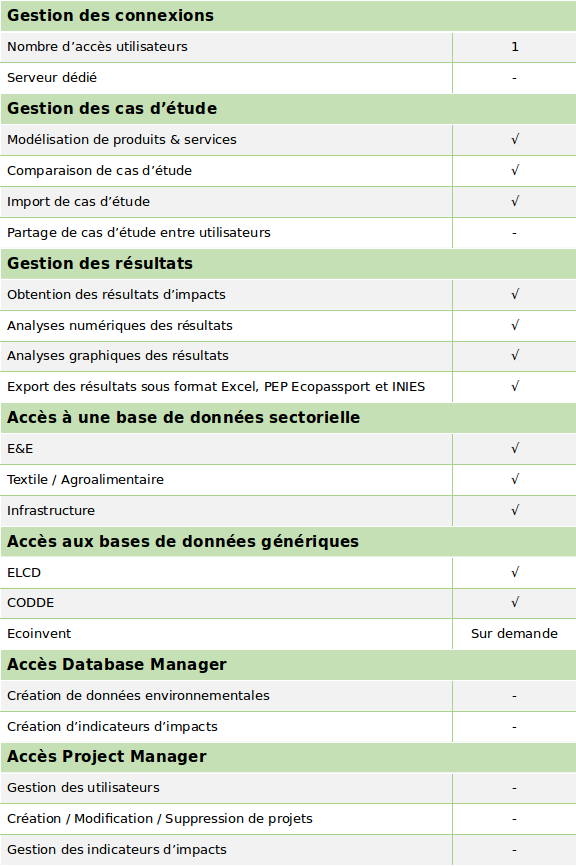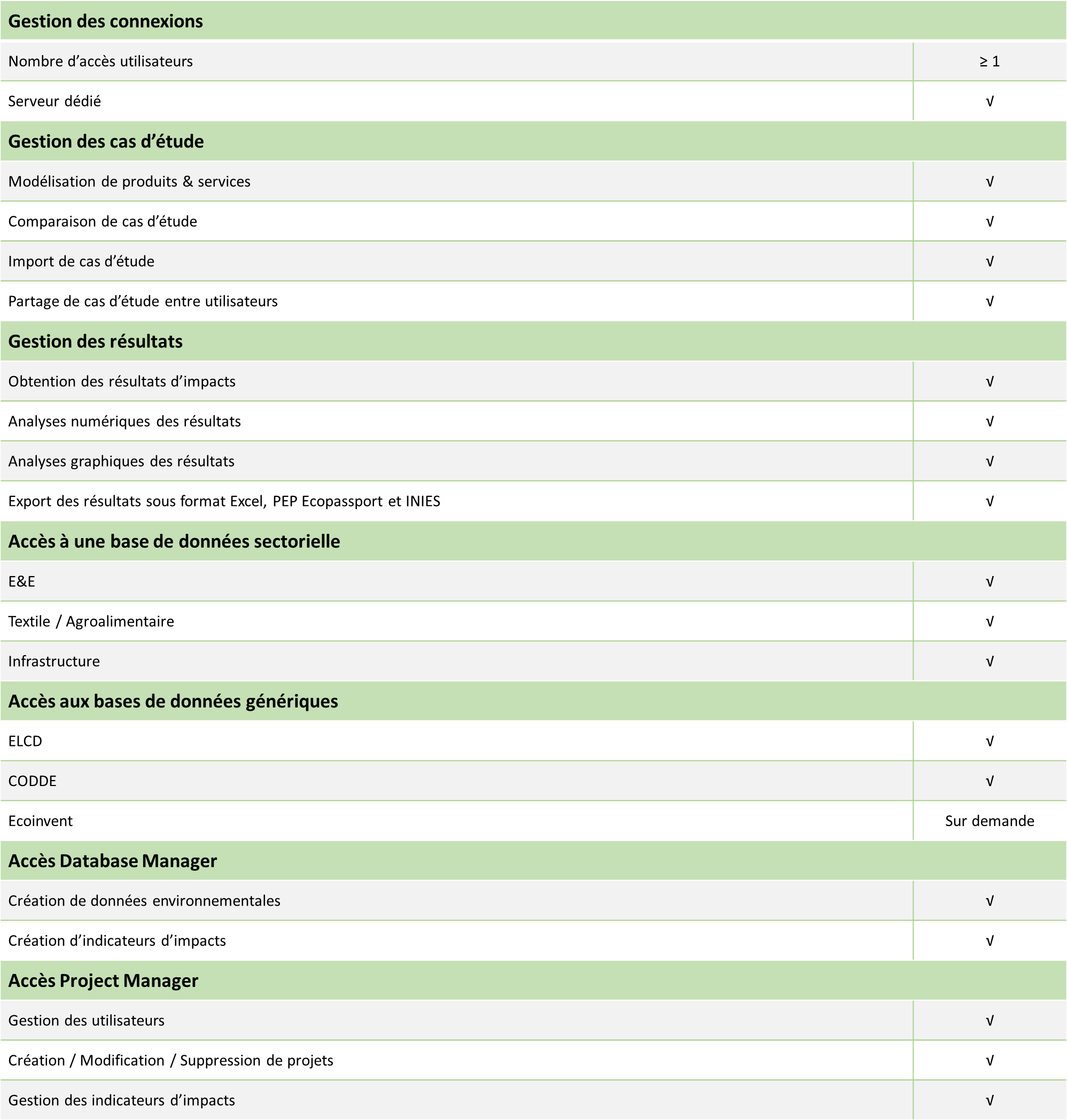Created in 2004, GreenIT.fr aims to bring together the stakeholders for responsible digital technology. With the support of other experts, GreenIT.fr published in 2019 and 2020 two benchmark studies on the environmental assessment of digital technology at the level of the French territory and at the global level:
LCIE Bureau Veritas invites you to discover the main conclusions of these studies.
Global digital footprint in 2019
On a planetary scale, digital technology consists of 34 billion devices for 4.1 billion users. The mass of this digital universe reaches 223 million tonnes, or the equivalent of 179 million cars (5 times the French car fleet).
Environmental impacts are mainly characterized by the contribution of digital technology to the depletion of abiotic resources and to global warming, to pressures on fresh water, and to various forms of ecosystem attacks (eutrophication, acidification, various pollution) which contribute to the ongoing ecological regression.
These impacts mainly take place during the manufacture of equipment used by users - connected TVs, computers, smartphones, set top box, etc. - which concentrate from 59% to 84% of the impacts.
In 2019, the hierarchy of sources of impact is as follows, in decreasing order of importance:
- Manufacture of user equipment (30 to 76% of impacts);
- Electricity consumption of user equipment (1 to 29% of impacts);
- Electricity consumption of the network (1 to 21% of the impacts);
- Manufacturing of network equipment (2 to 16% of impacts);
- Electricity consumption of data centers (1 to 16% of the impacts);
- Manufacture of equipment hosted by computer centers
- Manufacture of network equipment (1 to 8% of impacts).
Evolution from 2010 to 2025
While computers, printers and other common digital objects were the main source of impact before 2015, a change is taking place and accelerating until 2025, with mainly 3 new sources of impact:
- Television: 5 to 15% of the impacts in 2010 against 9% to 26% in 2025;
- Smartphones: 2% to 6% of the impacts in 2010 against 4% to 16% in 2025;
- Connected objects: 1% of the impacts in 2020 against 18% to 23% in 2025.
Apart from the growth in the number of users, the increase in the environmental impacts of global digital technology is mainly due to:
- Connected objects, the number of which will be multiplied by 48 between 2010 and 2025;
- Doubling the size of screens (especially televisions) between 2010 and 2025;
- A reduction in the gains in energy efficiency.
Simple and effective solutions
In this context, a few simple measures could significantly reduce the environmental footprint of global digital technology by 2025. Among these solutions:
- Reduce the number of connected objects by promoting their pooling and substitution and by opening their APIs to extend their lifespan.
- Reduce the number of flat screens by replacing them with other display devices - virtual reality glasses, LED video projectors, etc. - and by pooling them with existing screens (smartphones, computers, etc.).
- Increase the lifespan of equipment by extending the legal warranty period, by promoting reuse, and by combating certain economic models with deleterious impact (operation such as "smartphone at 1 euros against re-engagement).
- Reducing the needs of digital services through their ecodesign.
The public authorities can act, through simple actions such as:
- Forcing manufacturers of connected objects to open their APIs
- Make the distinction between corrective and evolutionary software update compulsory
- Record EEE in order to increase the collection rate of EEE to reuse and WEEE to recycle
- Prohibit re-engagement offers against “1 euro” equipment
- Create a “reuse” directive to complete the “WEEE” directive and thus effectively link the reuse and waste sectors while encouraging the main sources (large organizations) to favor reuse.
March 2021






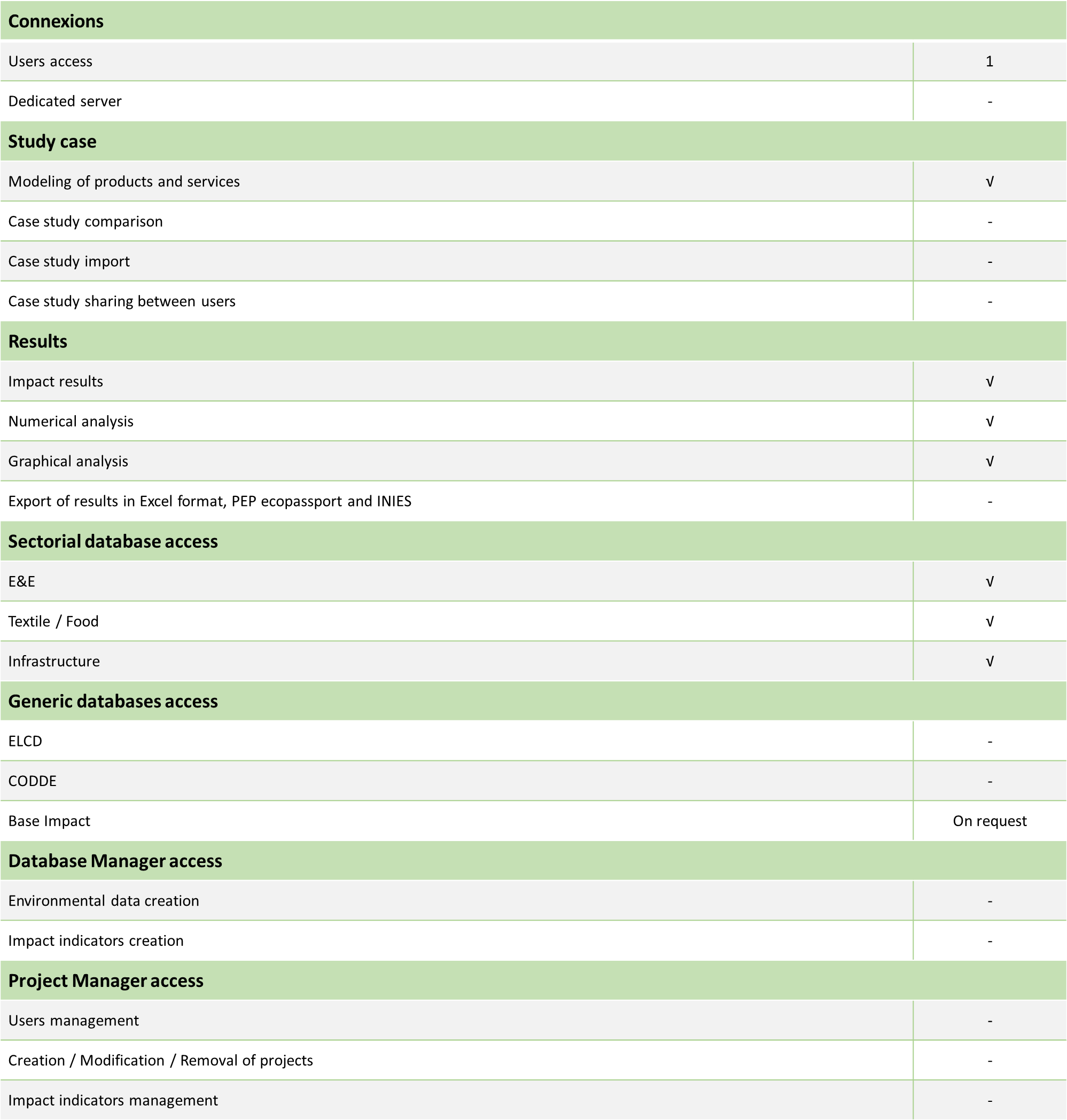

 SFR/Vodafone – Affichage environnemental
SFR/Vodafone – Affichage environnemental Conforama – Affichage environnemental
Conforama – Affichage environnemental Alstom Transport – Déclarations Environnementales Produit (DEP)
Alstom Transport – Déclarations Environnementales Produit (DEP) Schneider Electric – Product Environmental Profile (PEP)
Schneider Electric – Product Environmental Profile (PEP) Atlantic – Product Environmental Profile (PEP)
Atlantic – Product Environmental Profile (PEP) Arbor – Fiche Déclarations Environnementale et Sanitaire (FDES)
Arbor – Fiche Déclarations Environnementale et Sanitaire (FDES) Neolife – Fiche Déclarations Environnementale et Sanitaire (FDES)
Neolife – Fiche Déclarations Environnementale et Sanitaire (FDES) Atlantic – Communication Environnementale pour le grand public
Atlantic – Communication Environnementale pour le grand public